
Cool! This week some people have been buying some prints and notecards of my paintings at rudy.imagekind.com. Thanks, you guys!
If I started posting some of my better photos on Imagekind for printing as well, would any of you be interested? Now that I’ve got the higher-res camera, this is feasible.
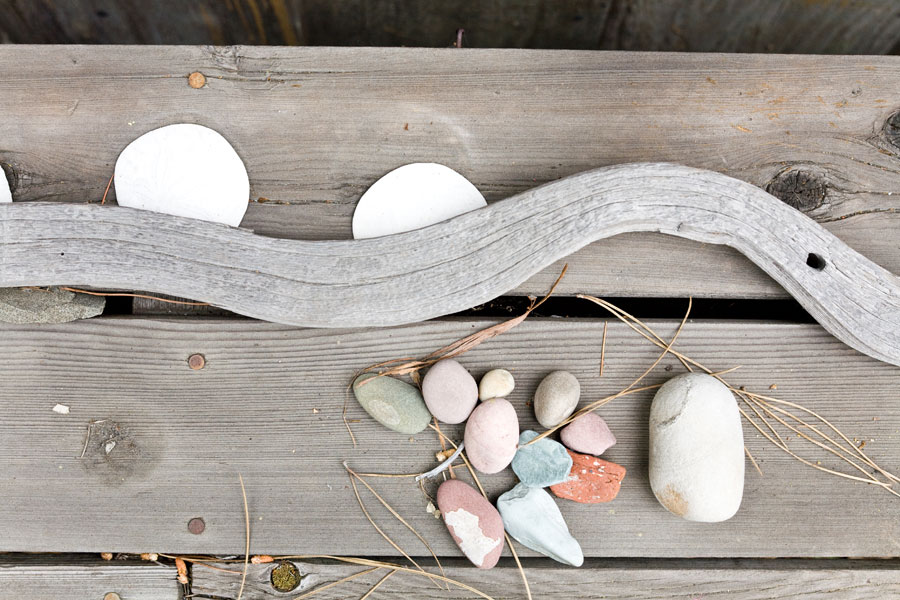
Back to my current obsessions, the last couple of days, I’ve been shooting with an old Leica R lens on my Canon 5D body, and it’s too much trouble.
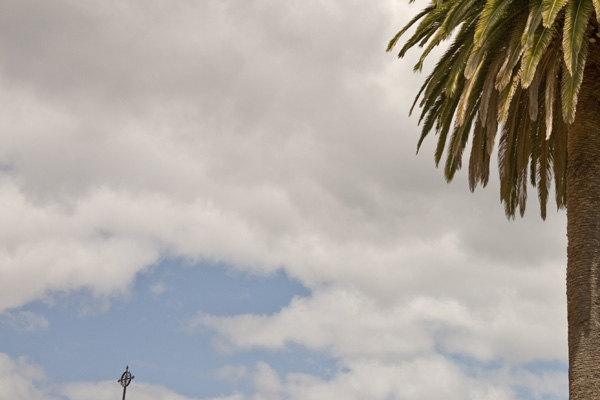
One problem is that the Haoda adapter ring’s Superglued-on autofocus chip only works if the lens is nearly wide open, so you have to open up to focus and then turn the aperture ring back down for the photo, unless you’re shooting wide open. On the proper camera for the Leica lens, e.g., the Leica R, then camera stops down the lens automatically when you shoot. And the same happens if you use a proper Canon lens for the Canon 5D body.

Note that the “autofocus” in any case only means that the focus light blinks; you still have to turn the lens focus ring by hand. One nice thing is that the Leica manual focus is pleasant to use, while the plastic-on-plastic manual focus ring of a Canon 50mm f1.4 lens feels rattly and wonky. But of course if you’re using the Canon lens you almost never do manual focus anyway.
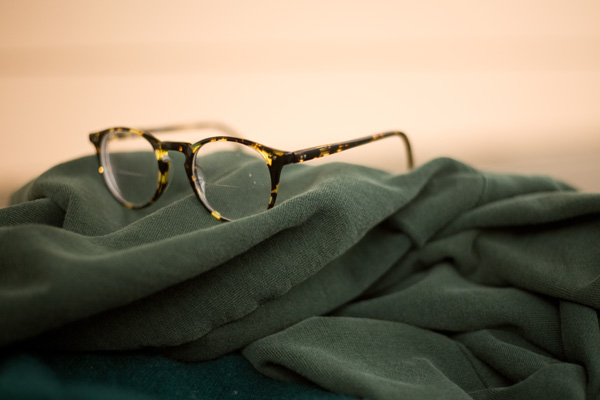
My glasses are poised to make a break for it once again, see the Youtube video about this.
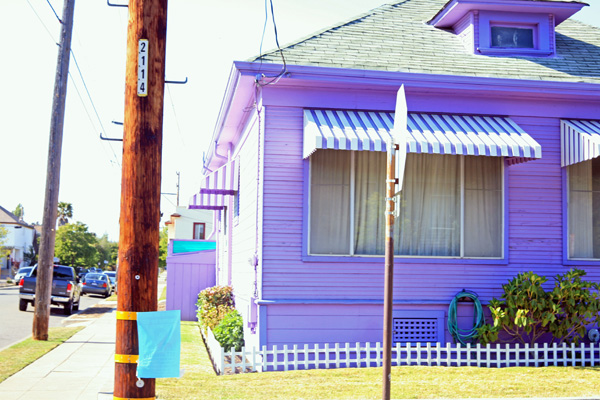
Is this house purple, or what?
Back to camera geeking, the real dealbreakier for using the Leica lens on the Canon 5D body is that you have use an exposure correction or the pictures are over or under exposed. You can fix this in Camera Raw or in Photoshop, but it’s tedious. And you can’t just set and forget the exposure correction, as the systematic metering error varies with the f-stop; this has to do with, I believe, the fact that the light falling onto the chip during the metering phase is coming through the “prematurely” (from the camera body’s point of view” stopped down lens.
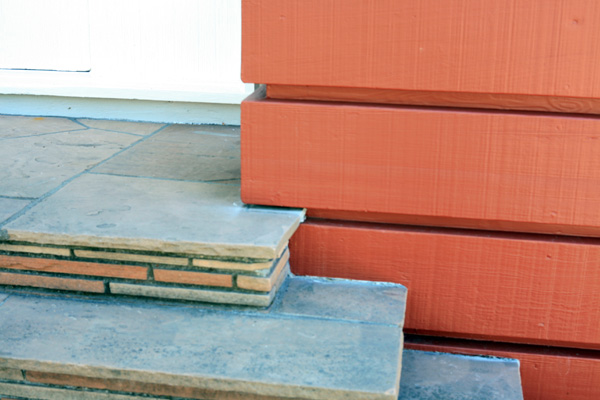
I had this fantasy that the Leica lens would add this indefinable level of glory to my pictures, but, at least according to the fantical Ken Rockwell, modern production techniques guarantee that lens sharpness doesn’t matter. For that matter, says Rockwell, your camera doesn’t matter. It’s all about your eye and your conditioned reflexes.
I’m still comparing some shots with the two lenses to see if there’s a difference or not. But the bottom line is that if I’m missing shots due to system complexity, it’s not gonna work.

This said, it’s exciting to be trying out new methods. It wakes me up. In the great Diane Arbus catalog, Revelations, one of the authors talks about Diane periodically going through periods of dissatisfaction with her camera, getting a new system, and then feeling lost during the transition.
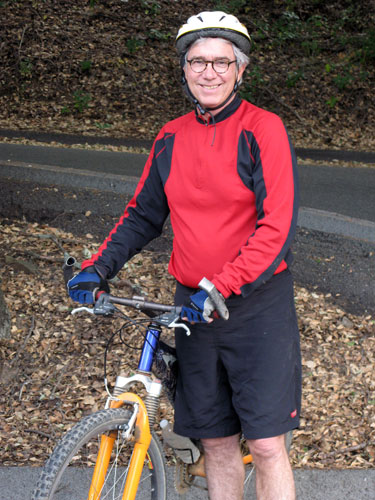
I’m having fun.
To make the whole thing more complex, I’m editing my images in the Adobe CS3 plug-in Camera Raw now as well, which makes it easier to fix the unreliable exposure settings. It’s like an electronic darkroom. I had a darkroom when I was a boy, I remember the smells of the chemicals. By the way, Camera Raw rocks compared to Photoshop, if you’r tweaking photos. They’re both Adobe products, but probably designed by different teams.
Here’s a kind off odd odd shot to be comparing on. I stopped down the lens so far as I wanted to try to get the lamp and the shells both in focus even though it was night.
I used Automatic image processing settings. Shot at ISO 1600, f14, 1/60 second. Do note that I had to correct the exposure settings to make the two images look of about the same brightness, and that I set the white balance to match of both to match the white of the curtain.
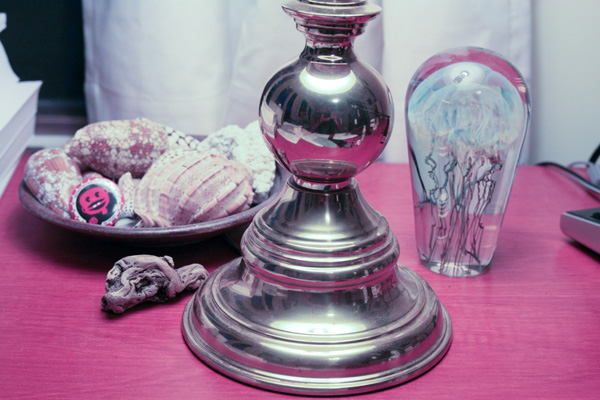
Canon 5D with Leica Summicron 50 mm Lens.
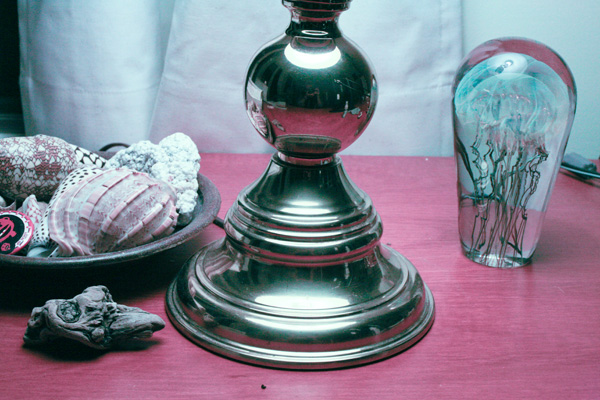
Canon 5D with CAnon 50 mm f1.4 lens.
I guess they don’t look especially different, keeping in mind that aauugh I took the picture on two different days when there was different crap sitting on my desk, which is why you don’t get the interesting paper reflections in the Canon lens shot.
I’d almost say the Canon looks better, so all the more reason to relax and let my dinosaur lens stay in the cupboard. Of course any comparision like this is endlessly vague and debatable, and really I’d have to shoot many more pairs, being stricter about things. The true camera geeks do this and then post RAW image files so you can twiddle the settings yourself.
What are you doing, really, when you take a photograph? Trying to create a virtual reality (here we go again) … or just trying for something that’s visuall beautiful? Capturing a moment? A composition? Documenting?









June 5th, 2008 at 12:17 am
Thanks for sharing your experiences w/ the R glass on your digital body. I agree, it definitely is a pain to manually focus and use the stop down metering. I wouldn’t agree that the lenses are the same. I use the older 50 Summicron and Elmarit 90 lenses and they are stunning, at least on my film camera. The older glass images differently than the newer models. There is also a way to avoid the metering problems you are having but I can’t remember exactly what the fix is. There is a lot of info on this subject on the web though and you should be able to find it.
The only real way to see any difference is to take a shot, unscrew the lens, mount the other one and shoot the same scene. The differences may not be as pronounced when shooting w/ a DSLR vs a film camera. Your third shot of the laptop in the coffee house definitely looks like it came from the R glass judging from the color and the out of focus areas.
I have gone in a similar direction for different reasons. My Leica R5 is a fine camera, but the shutter/mirror slap is WAY too loud. So I have a Canon EF-M film body coming (which is a MF version of the Rebel film SLR w/ a split screen viewfinder) and the adapter for my R lenses. I am willing to put up w/ the stop down metering to get rid of the noise.
I agree that it is a good idea sometimes to use different cameras and lenses just to see what happens. Keeps us from getting into ruts, and I have made some nice discoveries doing this.
June 21st, 2008 at 2:34 am
Hey Rudy,
Something you may want to try instead of Canon’s 50/1.4 (which is known to be a weak lens in their lineup, as well as the recent 50/1.2L) is the new Sigma 50/1.4:
http://www.dpreview.com/news/0803/08031801sigma50mm.asp
While the Canon is a bit soft at f:1.4, the Sigma starts sharp and gets better all the way up to f:4 where the image is as good as it gets. The bokeh is also incredibly beautiful.
Just see if you can find one to rent from a friend or Sigma dealer and check it for yourself.
Cheers,
Cos